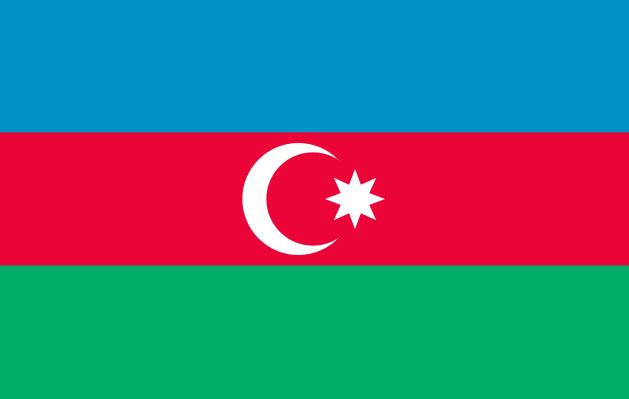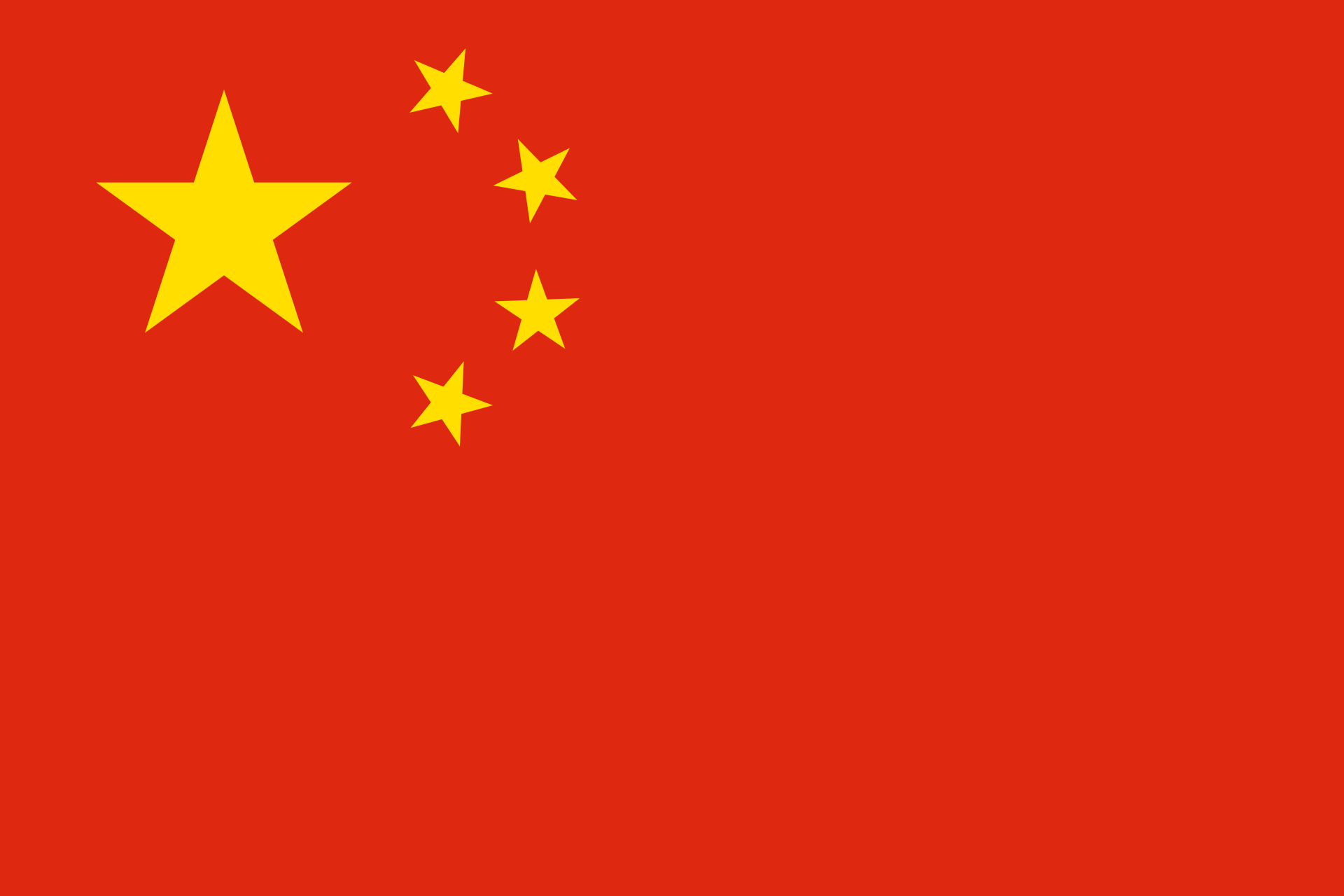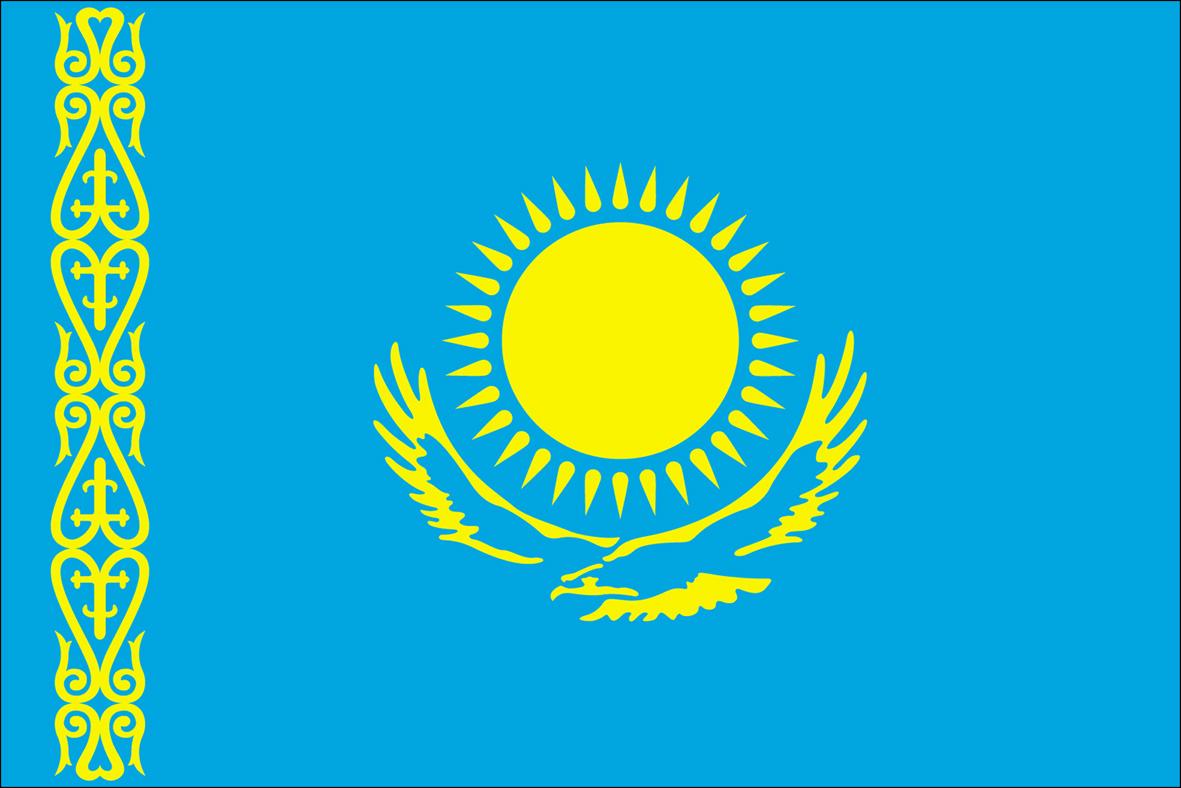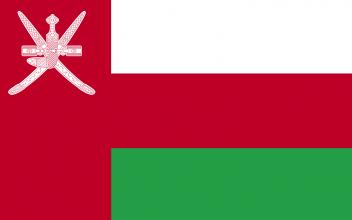The International Congress: ‘The History of the Silk Roads in Spain and Portugal’
©Valencia UniversityFrom 26 to 28 October 2016, Valencia hosted an International Congress on the ‘History of the Silk Roads in Spain and Portugal’, organized by the Faculties of Geography and History of the University of Valencia, the Valencian Tourism Agency and the Department of Education, Research, Culture and Sport. It also collaborated with the International Relations department of the Office of the Vice-Principal for Territorial Participation and Projection at the University of Valencia, the Confucius Institute of the same university, the Spanish Focal Point of UNESCO’s Silk Roads Online Platform and the Boluda Maritime Corporation.
The meeting found inspiration in the encounter that took place in the headquarters of the Menéndez Pelayo International University of Valencia in 1993, published by the University of Barcelona under the title ‘Spain and Portugal on the Silk Roads: Ten years of production and trade between East and West’. Since that time Valencian institutions have specially promoted the Silk Roads, which eventually lead to the ‘Valencia, City of Silk 2016’ initiative, passed by the Valencian Parliament. In order to develop this theme, the Members of the Organizing Committee of the Congress invited ten specialists from several Spanish and Portuguese universities to take part in the International Congress.
As in 1993, the main objective of the Congress was to research roles that the Iberian Peninsula played in the development of cultural, economic and social relations along the Silk Routes. Moreover, with regard to the geographical location of Spain and Portugal in the South-West of the Eurasian routes, the role of the Iberian Peninsula in eventual extension of the Silk Roads to the Americas was studied too. The ten specialists thus discussed the historical influence of silk either during a chronological period or in a specific region of the Iberian Peninsula. They analysed the arrival of silk manufacturing in the Iberian Peninsula after the Muslim invasion. The development and growth of the silk industry and more broadly sericulture was also examined with regard to; the Nasrid Kingdom of Granada; modern Andalusia during the late Middle Ages; the Habsburg period in Toledo; Murcia during the modern era. Particular attention was paid to the XVIII century in; the role that Madrid played as producer, consumer and redistributor of silk; the marketing of different varieties of silk to the Spanish colonial market; the influence of silk in Catalonia. The modern era was also examined with regard to both the influence of silk in the Aragon Region and Portugal’s transition from the Middle Ages to modern times. Finally, experts discussed how the organization of the Manila Galleon, Spanish trading ships, from colonial Mexico contributed to the commercial routes acquiring further global status.
The University of Valencia plans to publish the papers presented at the Congress, setting a benchmark for the better understanding of the history of silk in the Iberian Peninsula and the role it may have played in connecting the Silk Roads to Latin America.





